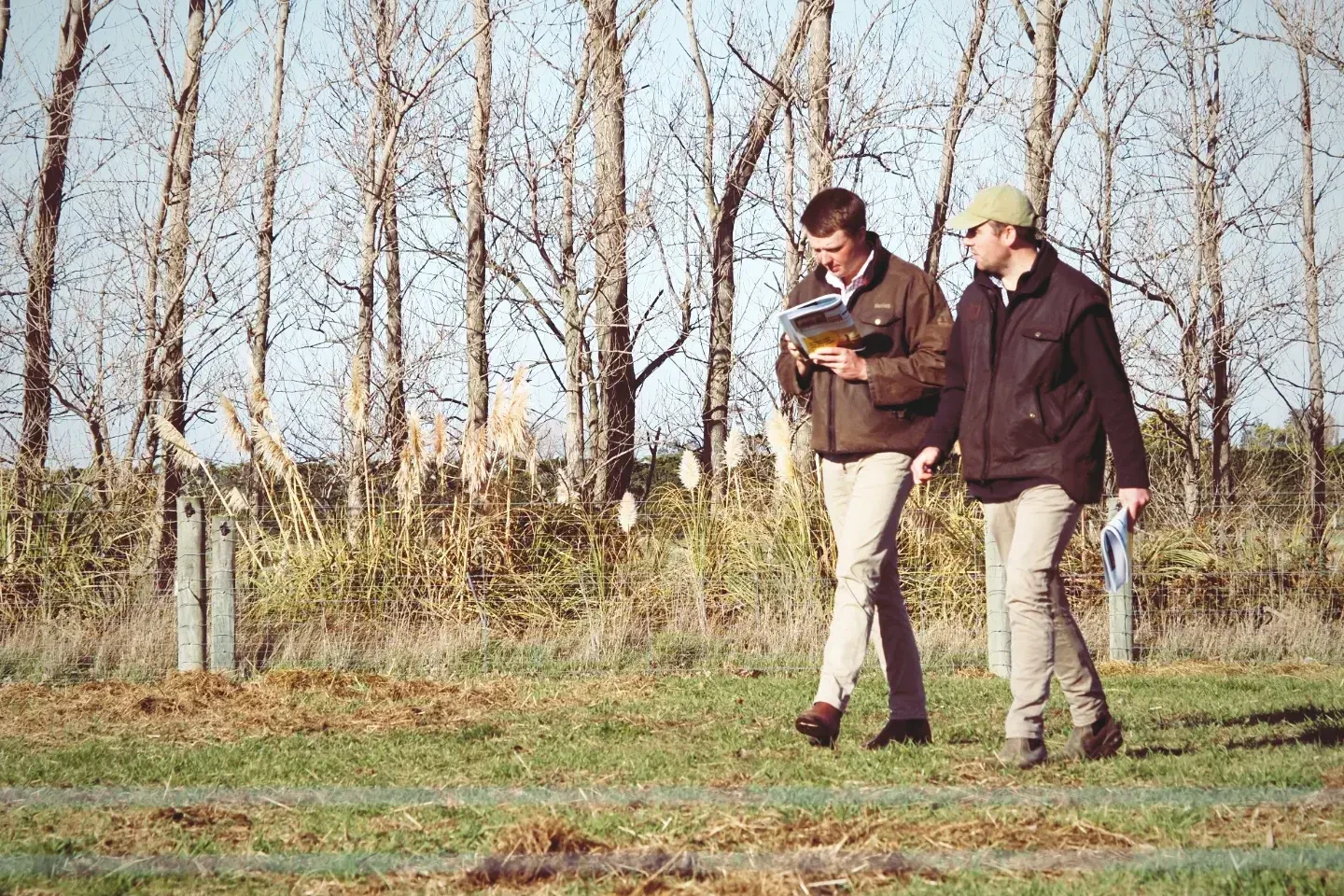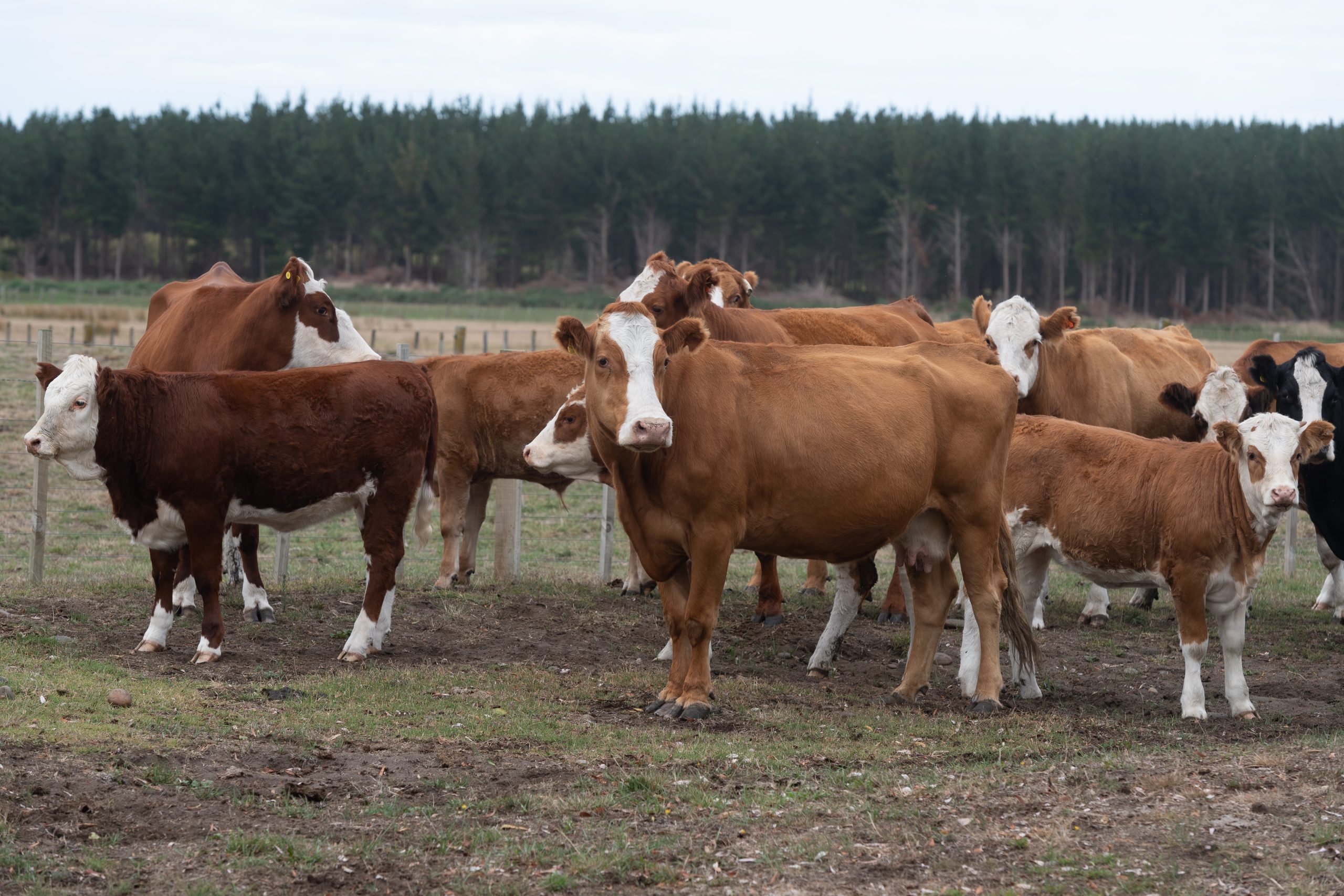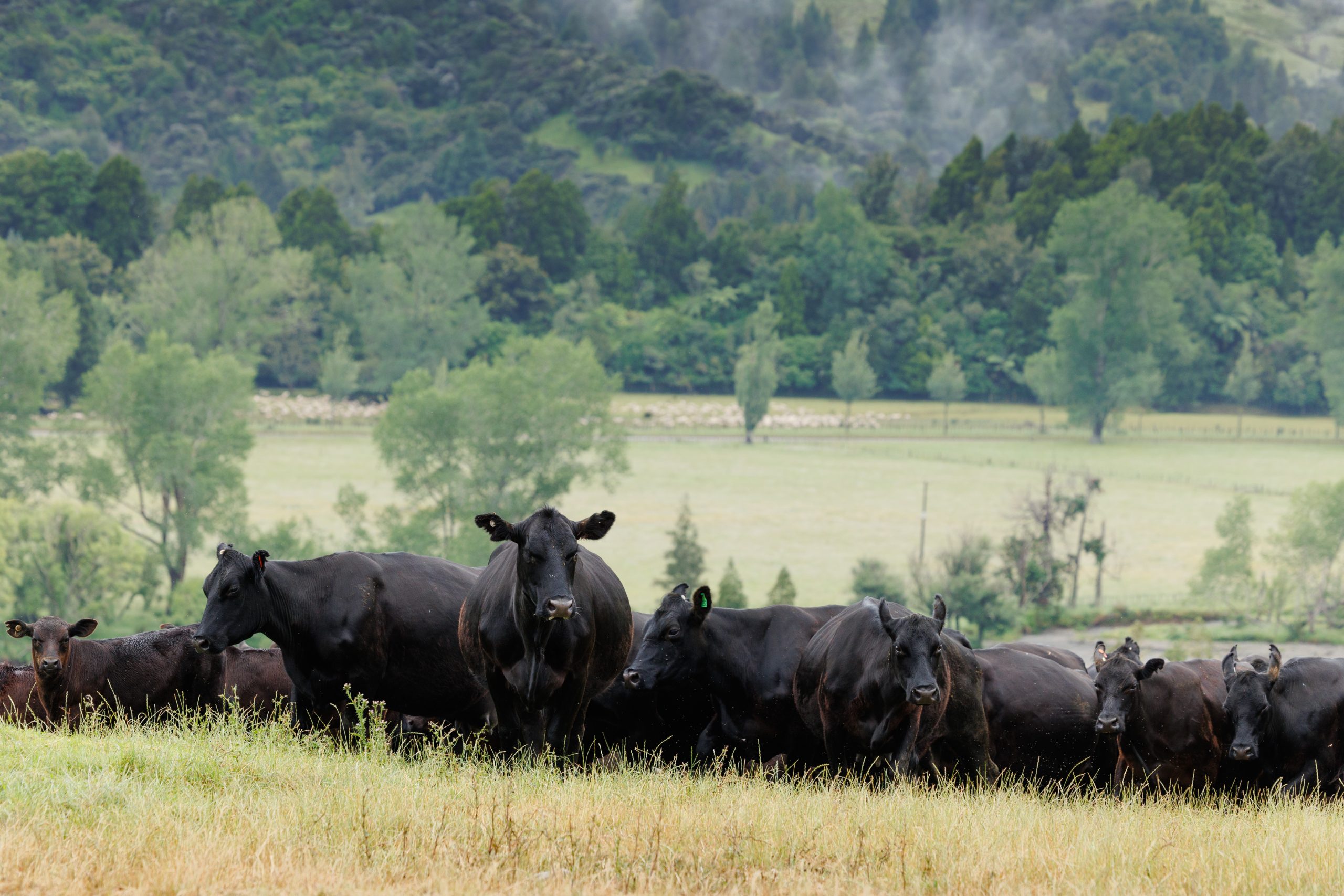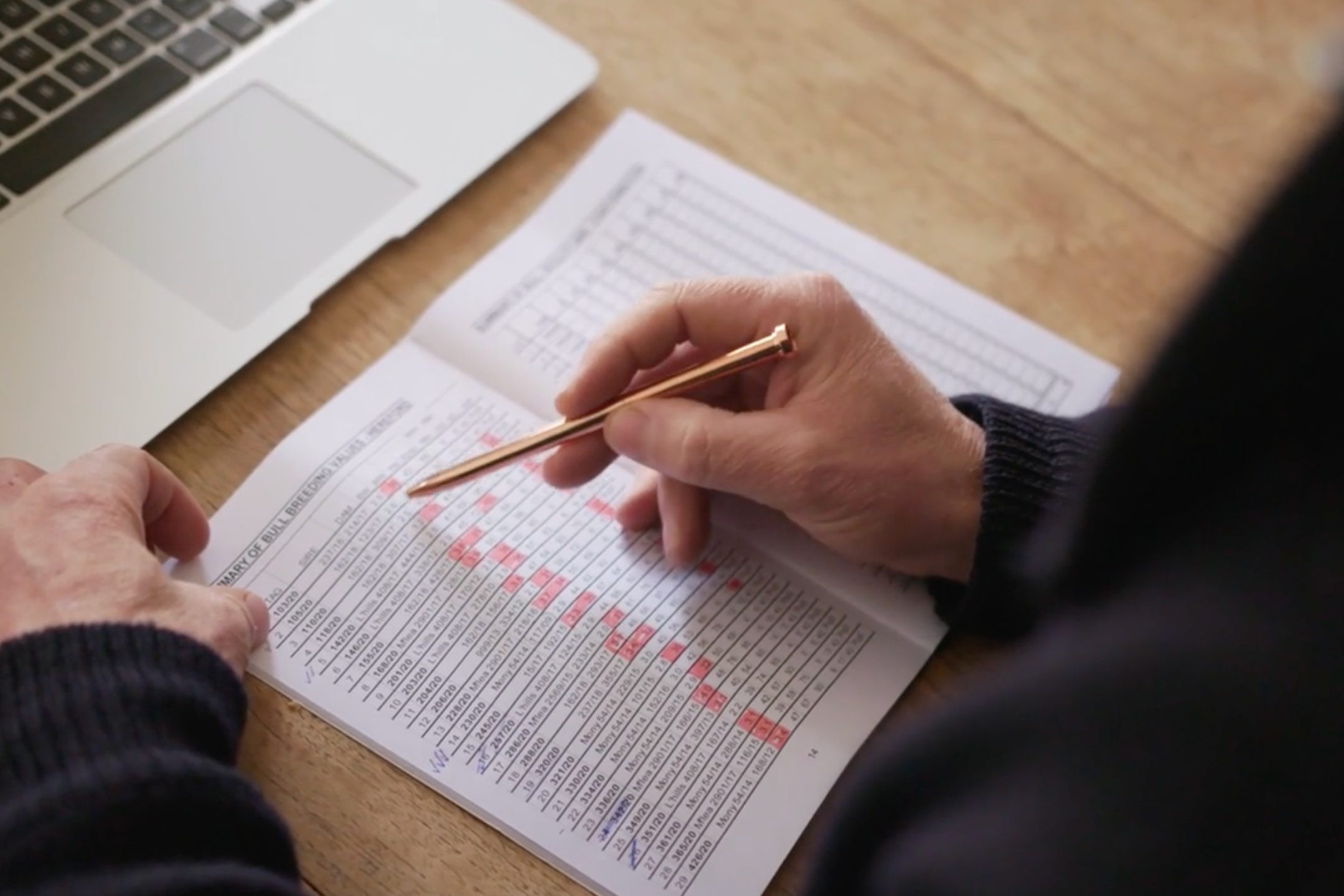Pāmu sets ambitious target to rear 100% of dairy calves
State-owned farming entity Pāmu is gearing up to rear all the calves born on its dairy farms by 2030, doubling its current level across 40,000 dairy cows. Words by Sheryl Haitana.

Pāmu has set the ambitious target of aiming to rear 75% of its dairy calves within three years and build to 100 % three years later. More cows will be mated to beef sires and it will also introduce a new composite breed called Silver Stabilizers currently in development by its livestock genetics partner Focus Genetics.
The new composite is being bred up from a small nucleus herd of Focus Genetics’ Stabilizer cows which have the Charolais coat colour dilution gene, so they produce the distinct silver-coloured calves when used across any female.
Pāmu Chief Executive Mark Leslie admits the final 20% of calves will be the most challenging to handle because they are more likely to require farming through a second winter before being marketable as beef animals.
Leslie says more integration is required between the dairy and beef sectors to provide solutions across the supply chain for dairy beef, but Pāmu has the scale and expertise to work on some of the bigger challenges and will share its results.
“For me it’s taking a chance – to say dairy beef is one of those challenges and we can push forward and support the industry,” he says.
Pāmu is trialling different options for breeding and rearing dairy beef animals and will use the advantage of having all its dairy and livestock farms under the same umbrella to track animal performance. “But the learnings around the right genetics, large-scale rearing, the feeding of the 100-200kg bull through the first summer, those learnings are applicable for all dairy and livestock farms.”
More integration is required between the dairy and beef sectors to provide solutions across the supply chain for dairy beef.
Pāmu has been reducing the number of beef cows, ewes and hinds to accommodate the growing numbers of dairy beef in its system. “Unfortunately for the beef cow in this context she’s rearing 0.85 of a calf a year, so that’s your return for that year. Whereas if she’s being replaced with the finishing of two dairy beef animals – yes there are more rearing costs, but your revenue has increased.”
Environmentally, dairy beef animals are also stacking up better than beef cows. “Assuming the same amount of grass is going through a rumen, the total emissions are similar. But from an intensity perspective, the kilograms of liveweight that you’ve produced by the end of the year has increased, you’re 20% plus more efficient.”
That’s a positive result, but there is more work to do and that’s where low-methane genetics will provide more opportunities, Leslie says. “You have to start by getting the right genetics on farm to ensure the calf that comes out of there is a viable calf for a livestock operation. We’ve spent a lot of time with our breeding company Focus Genetics getting those right genetics.”
Natural mating with bulls will be replaced with more artificial insemination across its largely Friesian and Friesian crossbred herds. Leslie says heat detection accuracy has improved with the development of new wearable technologies. Together with new semen technology, both are an important part of the solution for efficient and profitable beef production from dairy-cross calves.
Pāmu is also exploring adoption of the once-bred heifer system, first developed in the early 1990s by a team at Massey University. It involves rearing dairy-beef heifer calves, mating them to beef sires at about 15 months of age, then finishing them as prime beef within a few months of their calf being weaned.
Leslie says thanks to the hybrid vigour captured by this system, the beef-sired progeny from the dairy-beef females have phenomenal growth rates too. “The once-bred heifer is proving a good fit into our overall mix of animal classes on farm,” he says.




